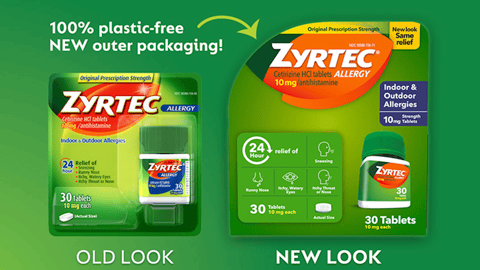How QR Codes Could Revolutionize Seafood Supply Chain Traceability & Build Brand Integrity
As QR codes have picked up momentum in the hospitality industry thanks to the pandemic, many retail sectors, most notably beauty and apparel, have found ways to incorporate this technology into their brand strategy and capitalize on its ease of use and depth of data, offering consumers unique digital experiences both in-store and post-purchase.
But what could this technology mean for industries such as grocery, particularly for products like seafood with especially rigid regulations? As companies continue to navigate the new Global Dialogue on Seafood Traceability (GDST) standards and retail continues to adopt QR codes, seafood carriers should employ this technology to connect with consumers and enable transparency within the supply chain.
Here’s how this simple technology could revolutionize the seafood industry:
By creating digital identities for seafood products, the supply chain becomes traceable from catch to plate. Unique QR codes placed on individual products can instantly link consumers to real-time product data. For seafood, this data can include item-specific provenance information such as where the fish came from, when it was caught, where and how it was processed and packaged, and how it reached the retail shelf.
[See also: QR Codes Show Promise In Reducing Food Waste]
This detailed information helps increase the verifiability of seafood supply chains and ensure market regulations are being adhered to by seafood brands. And at a time when roughly a quarter of all fish caught globally is done so illegally, traceability is the first step in eliminating such harmful practices.
The transparency afforded by QR codes increases brand integrity. Now more than ever, consumers want to understand how the food they consume is produced. According to a recent report by FMI – The Food Industry Association and NielsenIQ, 81% of shoppers say transparency is important or extremely important to them both online and in-store. Consumers want to know more beyond just ingredients and nutrition information; they’re looking to understand a company’s manufacturing, sourcing and sustainability practices.
With just a simple point of a smartphone, QR codes can empower consumers with important information about the lifecycle of each fish — how a company cares for, farms and prepares its products— which allows the brand to build trust with the consumer by displaying the high quality of its processes and helping shoppers make informed purchases.
Companies can utilize the QR code technology to gather valuable consumer data. By including consumer-scannable QR codes on each item’s packaging, any consumer can scan a package at point of sale or post-purchase to discover all about the product. And in addition to granting access to reliable information about the origins of its products, seafood brands can collect anonymized consumer engagement data through each scan.
[See also: How Better Choice Company Is Using QR Codes]
By understanding where, when and how consumers are engaging with a company’s seafood products, the brand can better understand consumer needs and enhance marketing efforts.
QR codes are proving to be a key technology in providing valuable data to both brands and consumers, which is vital for seafood companies having to keep up with the industry’s rigorous standards. By partnering with platforms that use data intelligence and analytics to improve supply chain logistics and engage consumers, seafood companies can better adhere to evolving regulations and deepen customer relationships by keeping their brand front and center in the process.
—Judy Moon, VP, Head of Global Sales, Digimarc





